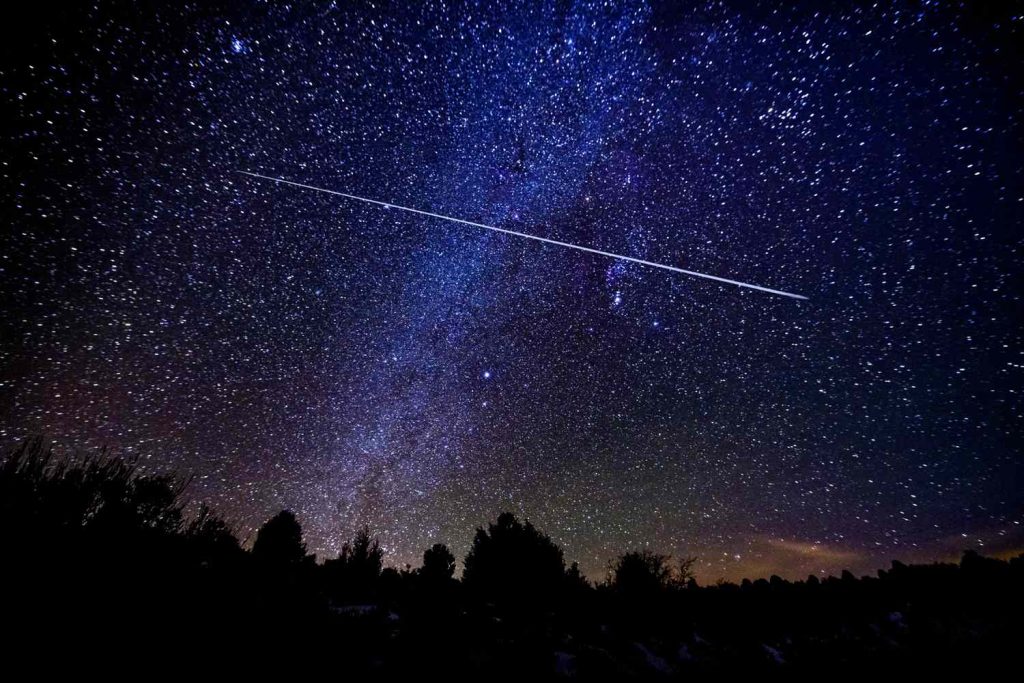Context:
The Eta Aquariid meteor shower, which has been active since April 15, will peak on May 5 and 6, according to National Aeronautics and Space Administration (NASA).
Key highlights:
This meteor shower peaks with the new moon.
It is formed when Earth passes through the orbital plane of the famous Halley’s Comet.
- Comet Halley takes about 76 years to orbit the Sun once. The last time Comet Halley was seen in 1986. Comet Halley will not enter the inner solar system again until 2061.
- Like Eta Aquariids, the Orionids meteor shower is also caused by Halley’s Comet and appears every October.
It peaks in early May each year, with activity from April 15 and a maximum on May 5-6.”
It gets its name because the origination point in the sky – called the radiant – for the debris that burns up in the atmosphere is in the constellation Aquarius – the “water bearer” – and close to Eta Aquarii.
- Eta Aquarii is one of the constellation’s brightest stars and one of the four stars that comprise the top of its “water jar.”
These meteors are known for their high velocity (44 miles per second) and leave trails of fire that burn for minutes.
According to NASA, Aquarid meteors can be seen 30-40 meteors per hour in the Southern Hemisphere, 10 meteors per hour in the Northern Hemisphere.

In the Northern Hemisphere, Eta Aquarid meteors most often appear as ‘Earthgrazers’ — long meteors that appear to skim the surface of the Earth. In the South, they can be seen higher up in the sky, and hence are more visible.
The Meteor Shower
- A meteor shower can be observed when Earth passes through the clouds of dust left behind in a comet’s orbital plane.
- The sky lights up with small and large meteor tails as the debris left behind by the comet interacts with Earth’s atmosphere.
Comets:
- Meteor showers come from comets, which are frozen leftovers from the formation of our solar system, composed of dust, rock, and ice (typical size: 10 km wide) some 4.6 billion years ago.
- They typically orbit the Sun in highly elliptical orbits, which can take hundreds of thousands of years to complete.
- While approximately 3,910 comets are currently known, there are likely billions more orbiting the Sun, especially in regions like the Kuiper Belt and the Oort Cloud.
Also Read :
Rajasthan High Court to Hold Village Heads Accountable for Child Marriages

